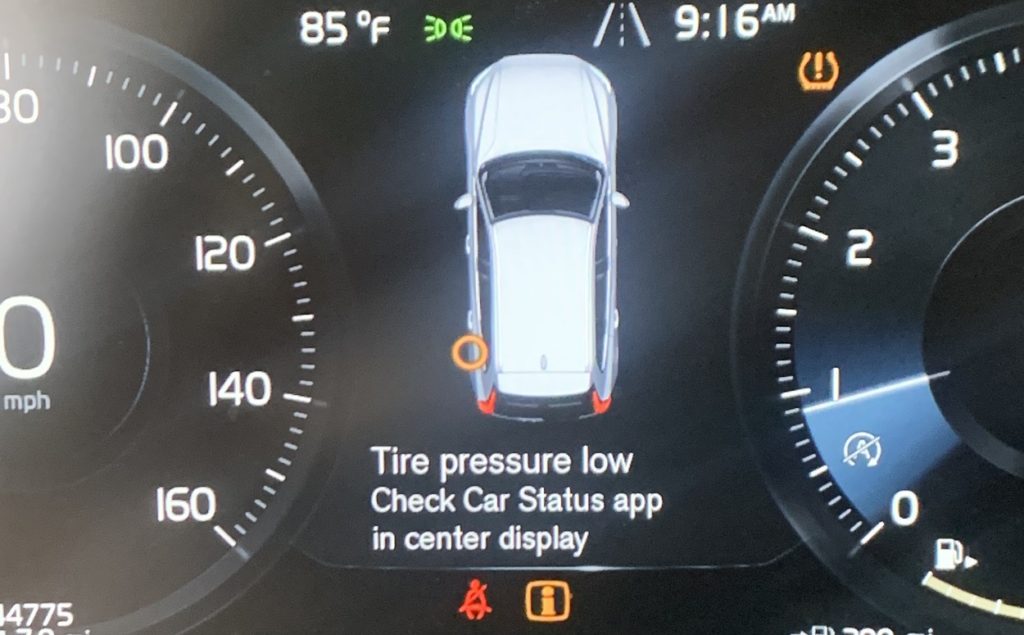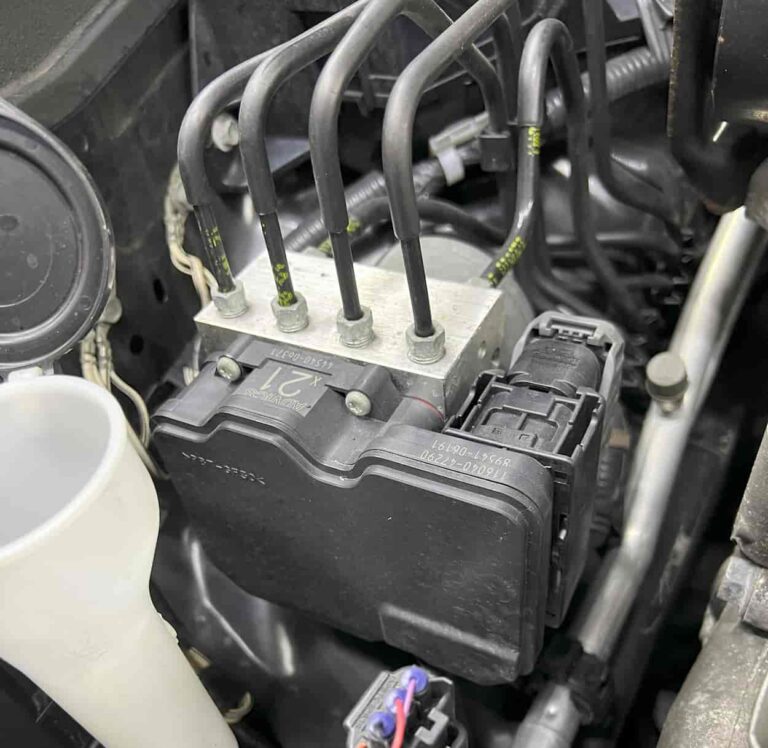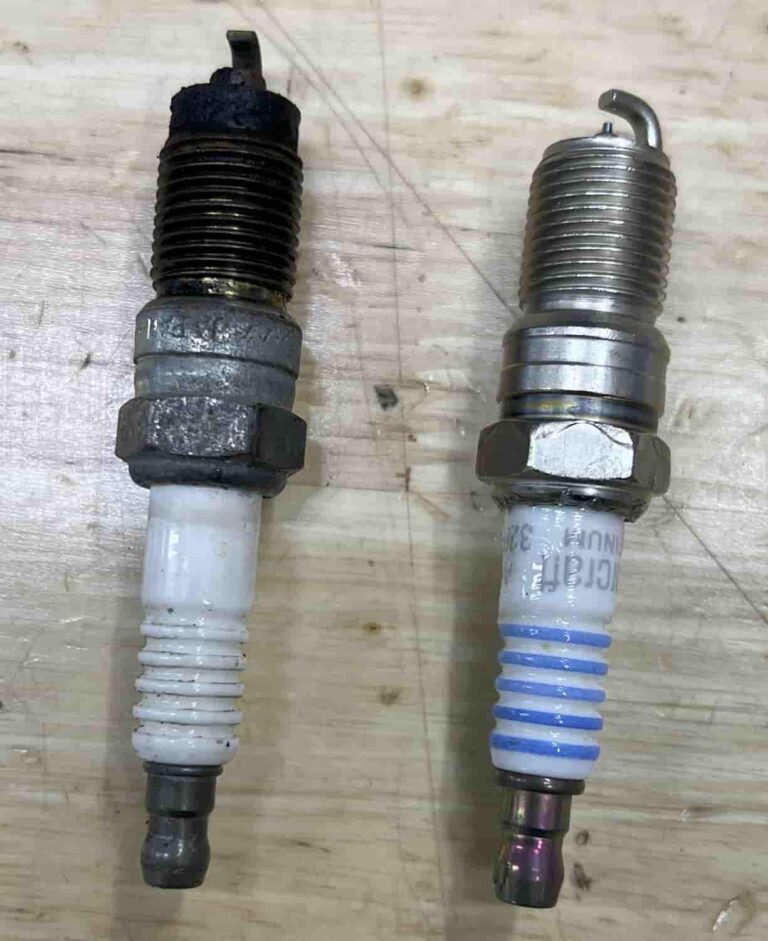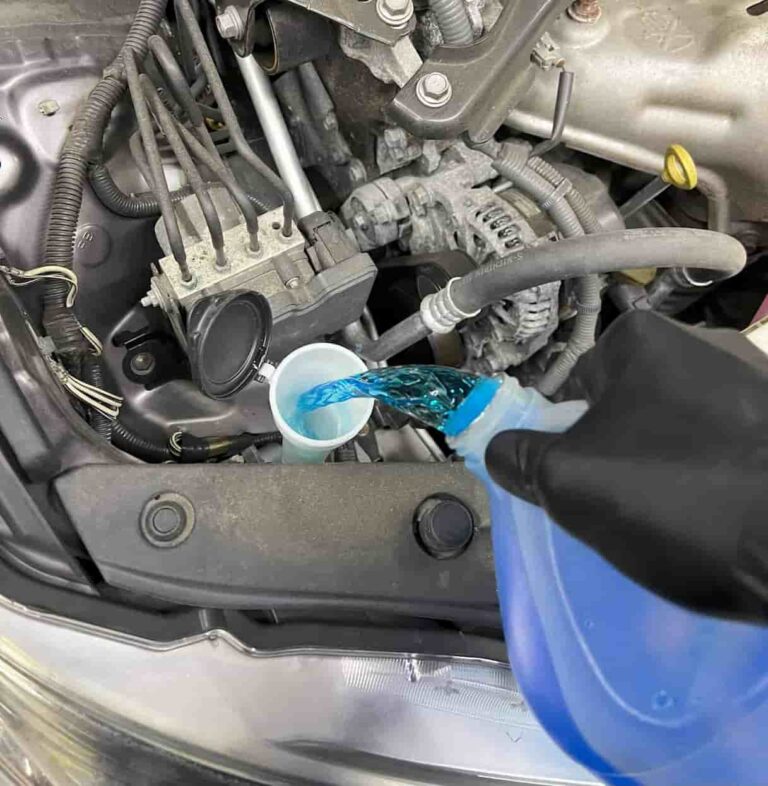 Maintaining proper tire pressure is essential for the safety and performance of your vehicle. That’s where your car’s TPMS (Tire Pressure Monitoring System) comes in. Honda’s TPMS system uses the ABS (Anti-lock Brake System) sensors to monitor the rotational speed of each tire and determine the tire pressure. In this post, we’ll explain how Honda TPMS system works and what makes it an important feature of all Honda vehicles.
Maintaining proper tire pressure is essential for the safety and performance of your vehicle. That’s where your car’s TPMS (Tire Pressure Monitoring System) comes in. Honda’s TPMS system uses the ABS (Anti-lock Brake System) sensors to monitor the rotational speed of each tire and determine the tire pressure. In this post, we’ll explain how Honda TPMS system works and what makes it an important feature of all Honda vehicles.
STEP 1: Understanding Honda's Indirect TPMS
 All Honda vehicles made in the past few years and newer are equipped with indirect tire pressure monitoring systems. (TPMS) Honda’s indirect TPMS system is designed to monitor the tire pressure of your vehicle and alert you if it falls below the recommended level. Direct TPMS systems use sensors installed in each of the tires to directly measure the tire pressure. Honda uses an indirect TPMS system that uses the ABS sensors to monitor the rotational speed of each tire. Specifically wheel speed sensors.
All Honda vehicles made in the past few years and newer are equipped with indirect tire pressure monitoring systems. (TPMS) Honda’s indirect TPMS system is designed to monitor the tire pressure of your vehicle and alert you if it falls below the recommended level. Direct TPMS systems use sensors installed in each of the tires to directly measure the tire pressure. Honda uses an indirect TPMS system that uses the ABS sensors to monitor the rotational speed of each tire. Specifically wheel speed sensors.
STEP 2: How the Indirect TPMS System Works
Here’s how Honda’s indirect TPMS system works:
- The ABS sensors precisely calculate and communicate each tire’s rotational speed to the TPMS control unit.
- The TPMS control unit uses this information to calculate the tire pressure.
- If the tire pressure falls below the required level, the TPMS control unit sends a signal to the dashboard display, which shows a warning message to the driver.
STEP 3: The Benefits of Honda's Indirect TPMS
Honda’s indirect TPMS system has a number of benefits, including:
- Cost-effective: Because the ABS sensors are already present in the vehicle, there is no need for additional sensors to be installed in the tires. This makes Honda’s indirect TPMS system a cost-effective solution for monitoring tire pressure.
- Easy to use: Honda’s indirect TPMS system is easy to use and requires no additional maintenance. Simply check the dashboard display for any warning messages and follow the instructions provided. Also, without individual TPMS sensors in each wheel, there is less to go wrong.
- Improves safety and performance: By keeping your tires properly inflated, Honda’s indirect TPMS system can help improve the safety and performance of your vehicle. Properly inflated tires can help improve fuel efficiency, extend tire life, and improve handling and stability.
 Honda’s indirect TPMS system is an extremely valuable feature that helps you maintain proper tire pressure and improve the safety and performance of your vehicle. (read here to learn more about tire pressure and its importance) By using the ABS sensors to monitor the rotational speed of each tire, Honda’s indirect TPMS system can alert you if the tire pressure falls below the recommended level. This gives the driver time to take action and correct it. Whether you’re driving on city streets or hitting the open road, Honda’s indirect TPMS system helps keep your tires safe and performing at their best.
Honda’s indirect TPMS system is an extremely valuable feature that helps you maintain proper tire pressure and improve the safety and performance of your vehicle. (read here to learn more about tire pressure and its importance) By using the ABS sensors to monitor the rotational speed of each tire, Honda’s indirect TPMS system can alert you if the tire pressure falls below the recommended level. This gives the driver time to take action and correct it. Whether you’re driving on city streets or hitting the open road, Honda’s indirect TPMS system helps keep your tires safe and performing at their best.
This is a guide on how to reset 2021 Honda Civic TPMS
This is a guide on how to reset 2021 Honda Accord TPMS
This is a guide on how to reset 2022 Honda CRV TPMS
This is a guide on how to reset 2017 Honda Civic TPMS
This is a guide on how to reset 2016 Honda CRV TPMS
This is a guide on how to reset 2018 Honda CRV TPMS






